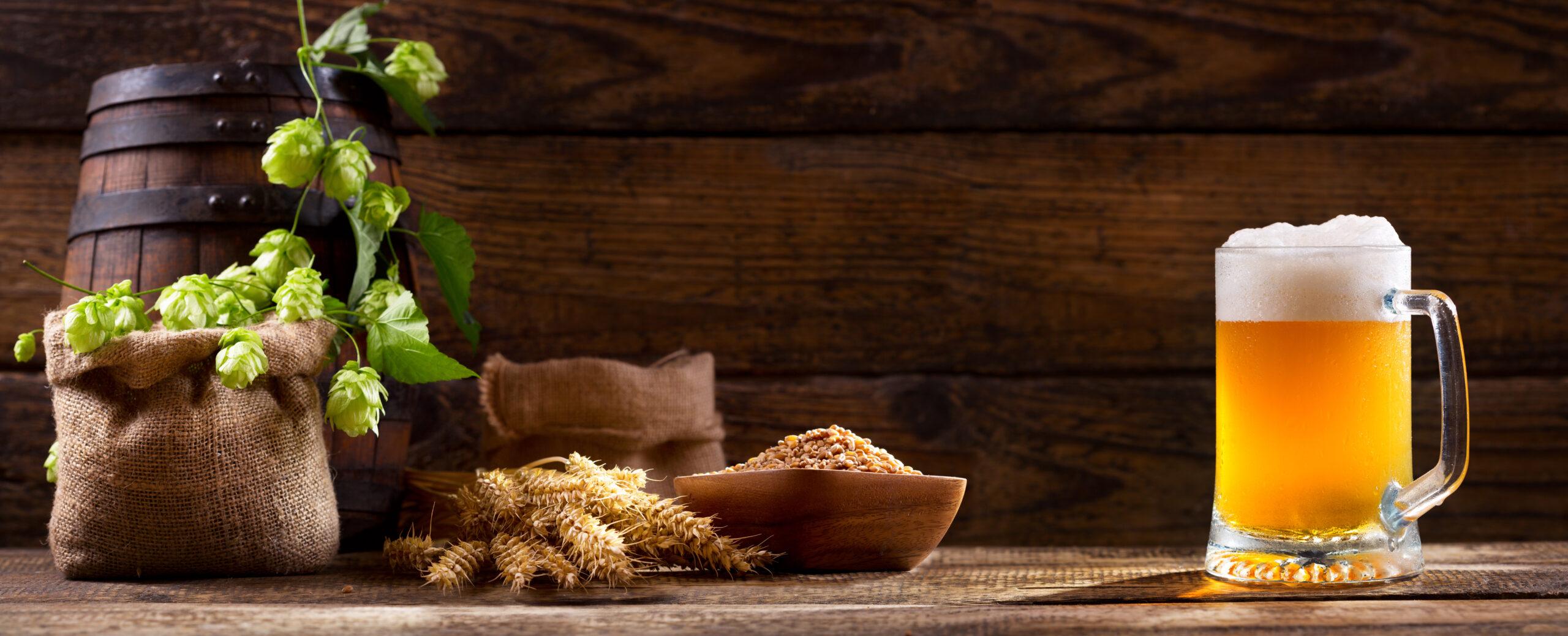What is Craft Beer?
I’m Steven, I’m 44, and I’m a craft beer addict.
Well, that’s how I imagine this starting, but not quite.
You see, I haven’t always been into craft beer. It wasn’t until around around 15 years ago I even started to drink beer regularly. Heavy bouts of drinking Budweiser and then Miller had put paid to that! It was then onto JD from there. Which is where I thought it would end.
 That was all to change one night, with a chance to venture out with a friend who wanted to take us to a very dangerous part of Glasgow, Scotland. So off we went, hoping to return alive! I wasn’t sure. We were offered free beer in a railway arch. I must admit to being concerned! I needn’t have been, as we tried some very nice beers.
That was all to change one night, with a chance to venture out with a friend who wanted to take us to a very dangerous part of Glasgow, Scotland. So off we went, hoping to return alive! I wasn’t sure. We were offered free beer in a railway arch. I must admit to being concerned! I needn’t have been, as we tried some very nice beers.
We’re here some years later, and I’ve had craft beer in just about every major city in the United Kingdom. Also, in Rome. Santorini, too, of all places. The first thing I seek out at a holiday destination (or pretty much anywhere I go) is the craft beer bar, brewery, or taproom. So much so that I’ve opened my own bar with my wife on a small island between Ireland and the UK called the Isle of Man. There is also plenty of whisky, quality rum, and even some cigars.
We’re certainly not short of choice in the UK. I’ve also been to Other Half in New York. Ever trip has a story to tell, and they may well follow in the course of these articles.
For now, though, what is craft beer?
In the UK, there isn’t an easy answer to that. The reason is it doesn’t really have a definition. Beavertown, now 100% owned by Heineken but founded initially by Logan Plant, son of Robert Plant of Led Zeppelin fame, claims to be craft beer. Brewdog is another. The latter have long since branched out into the USA with showcase bars and facilities from their headquarters in Columbus (including a hotel) to most of their locations in various states in Ohio and a couple outside in Las Vegas and Atlanta. They have become behemoths but have had several legal and reputational issues over the last few years. The main thing is the quality of their beer has significantly declined due to the quantities they have to produce.
Luckily, craft beer has been around longer in the USA, and due to the giants on that side of the world trying to muscle into the market, a definition was made by the Brewers Association, which is below:
“An American craft brewer is a small and independent brewer.
Small
Annual production of 6 million barrels of beer or less (approximately 3 percent of U.S. annual sales). Beer production is attributed to a brewer according to the rules of alternating proprietorships.
Independent
Less than 25 percent of the craft brewery is owned or controlled (or equivalent economic interest) by a beverage alcohol industry member who is not itself a craft brewer.
Brewer
Has a TTB Brewer’s Notice and makes beer.”
So where does that leave us in terms of being able to decide what is craft?
Well, there are some rather large brands still fitting that description. Dogfish Head and Sam Adams, owned by Boston Beer Company, would appear to qualify at a combined total of 1.46 million barrels. As does Sierra Nevada at around 1 million barrels, the largest is Yeungling, with 2.28 million barrels.
So, how do Brewdog and Beavertown compare? Well, with 681,000 barrels for Brewdog and the capacity at the new Beavertown brewery of 416,000 barrels, they are not that far off. Brewdog produces more than Firestone Walker and Beavertown more than Brooklyn Brewery. Quite surprising.
The crux is they would still fit into the Brewers Association definition.
I would, though, challenge you to have a beer from any of the breweries mentioned earlier and compare it to Other Half (36,000 barrels in 2020) or Equilibrium (15,000 barrels) and see what you think of the quality. In the UK, you could go with Verdant (12,580 barrels) or my favourite, Overtone, with their Head Brewer, Production Manager, and Co-Founder Daniel Miller hailing from New Hampshire (and originally being a chef!).
In the next article, we will cover what type of beer is typically brewed by craft brewers.
Until then….. cheers.



Comments are closed.